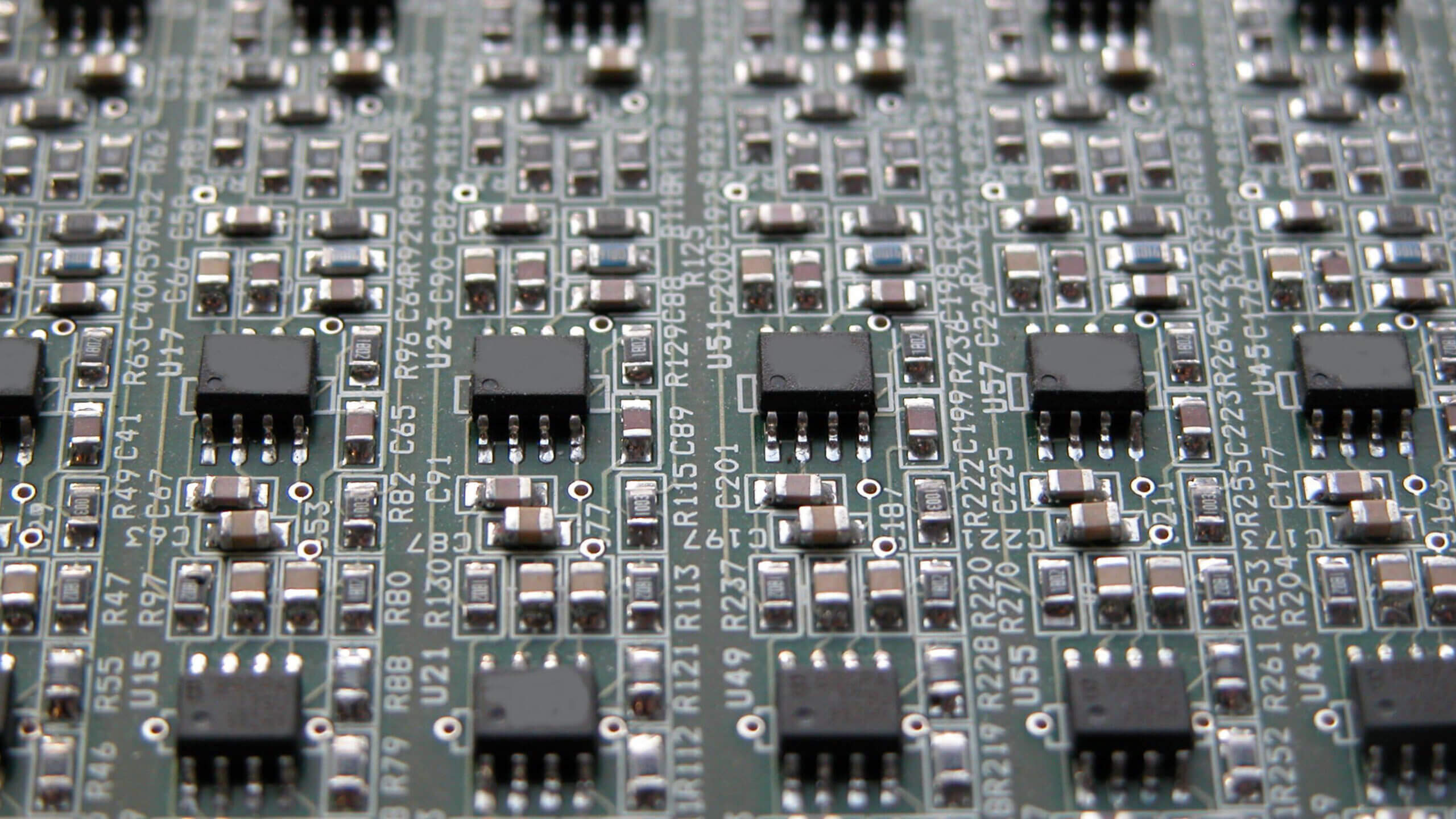Series resistance compensation
Series resistance (Rs) compensation for fast-activating ion channels can help remove voltage clamp errors and increase clamp accuracy. All Sophion’s patch clamp amplifiers utilize a patented technology enabling up to 100% Rs compensation. In addition, Sophion amplifiers are equipped with automatic clip detection to avoid loss of cells due to fatal oscillations, thereby increasing data throughput while maintaining high-quality recordings.
- Increase clamp accuracy
- Up to 100% Rs compensation using patented algorithms
- Automatic clip detection increases data throughput while maintaining high-quality recordings
One challenge for automated patch clamp has been incorporating amplifiers that automatically detect and handle changes in membrane capacitance, series resistance and voltage-clamp time constants during an experiment. If these adjustments are not made correctly, there is a risk of generating imprecise data or even losing data due to artefacts in the recorded trace (Sakmann and Neher, Single channel recording, 2nd ed. New York, 1995).
Read more about Sophion Rs compensation and clip detection in this application report or this poster, or read more below.
Sophion amplifiers are designed to handle Rs barriers
When performing whole-cell voltage-clamp measurements, the membrane potential is controlled or clamped to a user-specified potential. The command potential does not translate directly to membrane potential due to the series resistance, also known as access resistance. The access resistance comprises of resistance from the electrode through the orifice in the substrate and the hole in the cell membrane. These resistances combined are electrically in series with the membrane resistance; hence the name series resistance, and they constitute an “obstruction” to obtaining precise membrane potential.
The series resistance has several detrimental effects when performing whole-cell recordings. Firstly, it affects the time constant required to achieve compensation, which may limit the reasonableness and speed of the compensation. Secondly, the voltage drop across the Rs can be well into the mV range where the desired voltage of the cell membrane is. Thereby, preventing you from setting a meaningful membrane voltage, if Rs is not compensated for.
The cell membrane constitutes a capacitor, and the time constant for charging a capacitor is given by multiplying the series resistance with the cell capacitance. In the case of a 10 MΩ series resistance and 15 pF cell, the time constant is thus 150 µs. Based on the rule of thumb that equilibrium requires 6-7 time constants, this becomes far too slow to compete with sodium channel kinetics. On the other hand, if charging with a time constant much faster, there is a risk of oscillations in the current response. To prevent oscillations, the fraction of compensation must be lowered, e.g., to 80% compensation. Another dimension of series resistance is that the voltage error due to Rs increases with the current.
In the case of a series resistance of 10 MΩ and a current of 3 nA, it will give rise to a voltage clamp error of 30 mV (Sakmann, Bert and Neher, Erwin, single-channel recording, 2nd ed. New York, 1995). The Sophion Rs compensation is designed to handle voltage errors in the range of up to 100 mV (10 nA current with an Rs of 10 MΩ).

Increases data throughput, maintaining high-quality recordings
The electronics of the amplifier has a speed of a few µs, so this is not the limiting factor, but the RS circuit loop of the amplifier might be significantly slower, i.e. > 50 µs. The Sophion amplifier utilizes a patented technique invented by Adam Sherman (US Pat. 6163719, US6700427B1) characterized by its unique algorithm. In addition, it is equipped with automatic clip detection allowing Rs to be temporarily turned off and thus avoid loss of cells due to fatal oscillations. The Rs compensation is re-enabled in the following sweeps, and clipped sweeps can automatically be removed in the analysis process. Automatic clip detection thereby increases the data throughput while maintaining high-quality recordings.
Regular and fast series resistance compensation
Sophion QPatch amplifiers are equipped with two different series resistance compensations algorithms, regular and fast series resistance compensation. Sophion Qube amplifiers are equipped with fast series resistance compensation. Regular series resistance compensation can compensate for series resistance as well as simultaneously compensate for cell capacitance. This, however, has a downside, namely that the Rs compensation time constant speed is limited to 400 µs and slower. Fast series resistance compensation can compensate for series resistance much quicker (in theory, down to a time constant of 50 µs), but with the cost of cell capacitance compensation. It should be noted that leak compensation will remove any cell capacitance which would otherwise interfere with the ion channel measurements. Furthermore, it should be noted that shorter time constants increase the risk of oscillations, which in turn activates the clip detection, turning of compensation and hence make those data non-useful. The purpose of the clip detection is to rescue the cell so the continued stimulation can give useful results. Taken together, there is thus a risk of lower success rate in the pursue of high fidelity data, but it is done automatically and all events are stored and lent themselves to filtering for quality control.
